Decanters are essential for any wine and liquor enthusiast looking to elevate their collection and presentation. They not only serve as a stylish way to showcase your favorite liquors, but they also help enhance the flavors and aromas of the spirits by allowing them to breathe.
With so many different types of decanters available on the market, it can be overwhelming to choose the right one for your needs. In this article, we will explore 9 types of decanters that work best for your liquor collection, including their unique features and benefits. Whether you’re a whiskey connoisseur and are looking for a whiskey decanter or a gin lover, there’s a perfect decanter out there waiting for you!
Wine vs Liquor decanters
The main difference between a wine decanter and a liquor decanter is that the latter is used to preserve and to present your favorite drink. Wine decanters on the other hand are used to aerate the wine and to improve the wine’s taste. A secondary purpose is presentation of your wine.
Globe-Shaped Decanter
This type of decanter is perfect for the presentation of your favorite liquor. The globe is fixed on a support and fitted with a glass stopper to prevent the spirit from oxidising. They are often used as a whiskey decanter to present the beautiful color of the whiskey.
A globe shaped decanter is not used for wine storage and presentation as it prevents wine aeration.
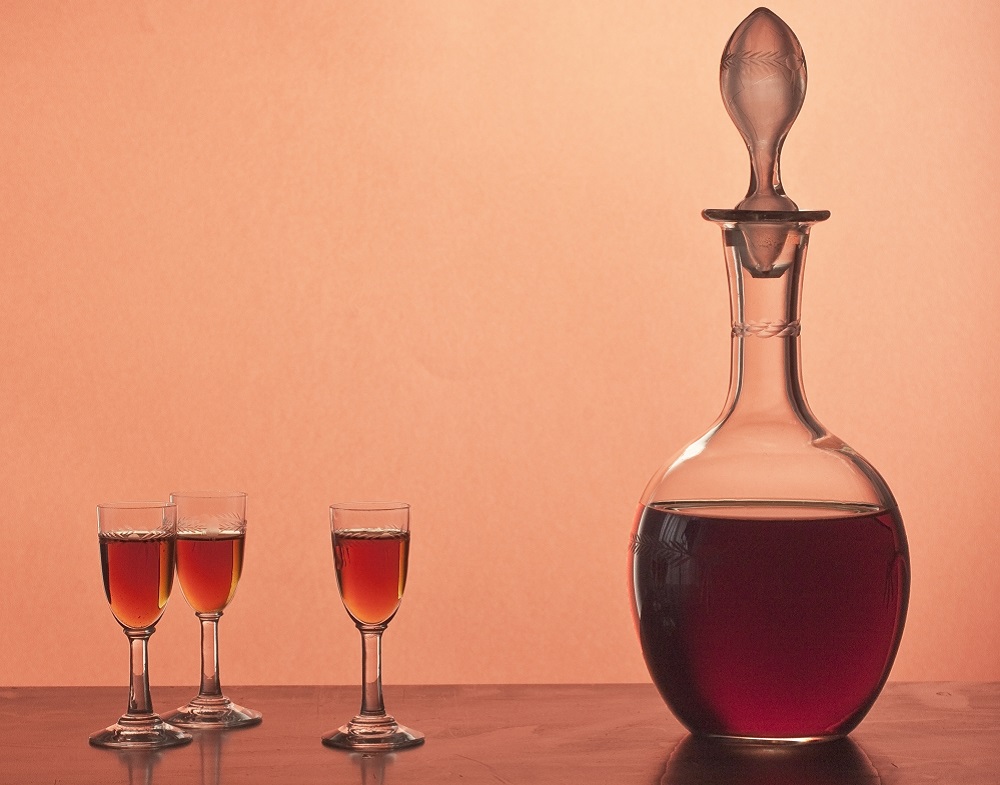
Bell shaped decanter
This is the classic shape for a decanter. First crystal bottles for the presentation and preservation of wine were manufactured in this shape. This type of wine carafe was fitted with a thick glass stopper to prevent oxidation of the drink inside the crystal bottle. This decanter shape is still used for whiskey decanters.
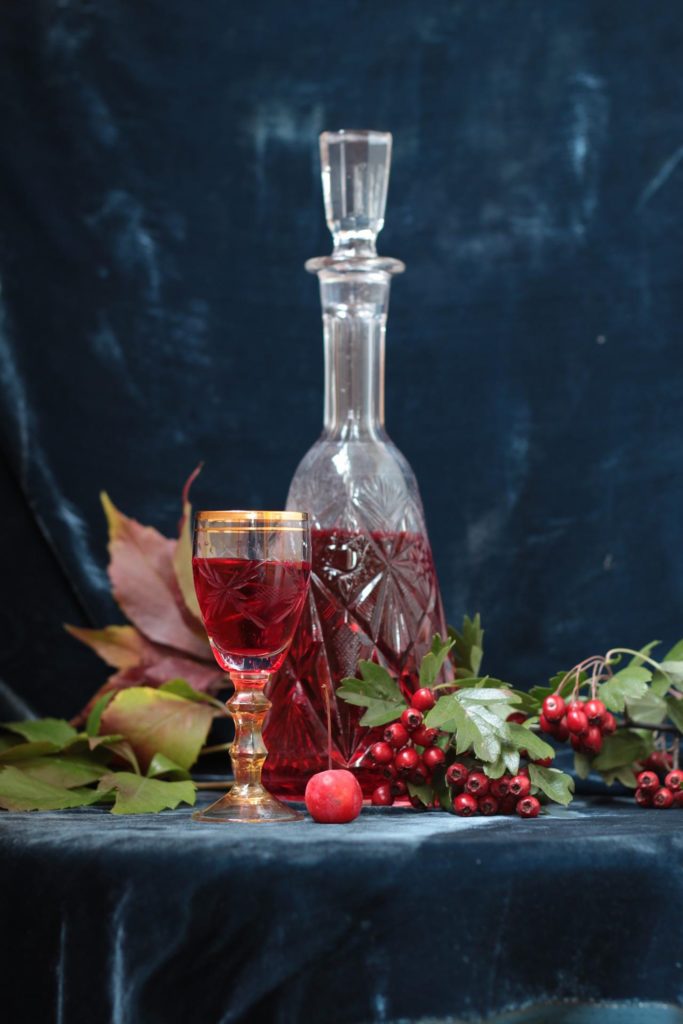
Vodka Decanter
Vodka decanters are a beautiful addition to any home bar. These elegant containers not only serve as a functional way to store and pour your favorite vodka, but also add a touch of class and sophistication to your drinking experience. Whether you’re entertaining guests or just enjoying a quiet night in, vodka decanters are the perfect way to elevate your cocktail game.
Choosing the right vodka decanter is important, as it can make all the difference in how your liquor tastes and looks. Glass decanters are often preferred for their transparency, allowing you to see the clarity of the liquid inside.
A Vodka decanter can be used as a whiskey decanter as the purpose is similar for both liquors.
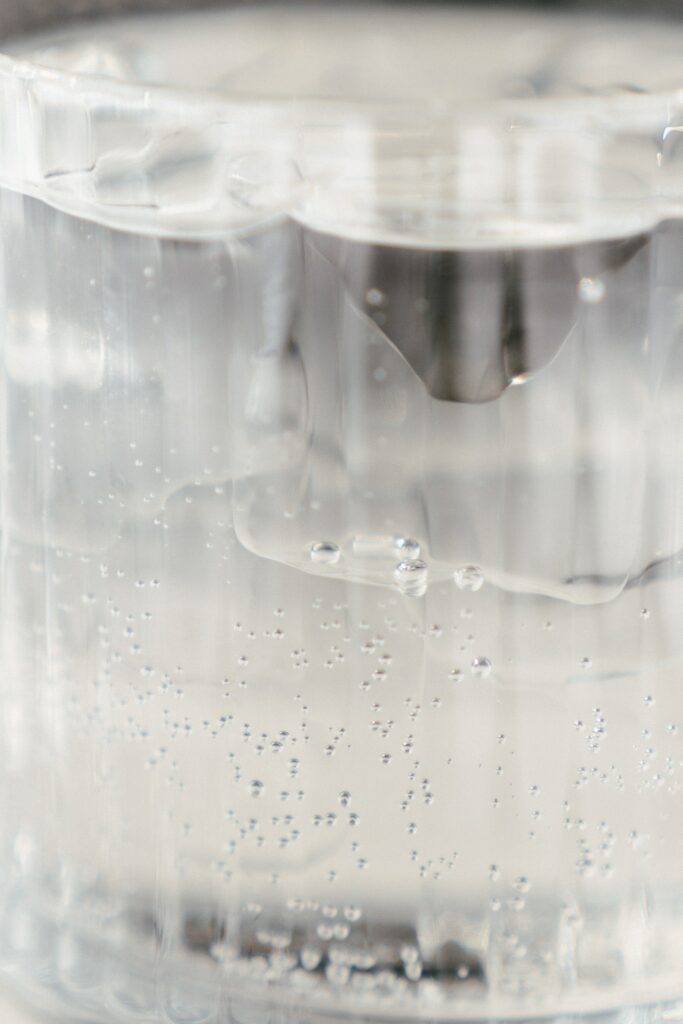
They also tend to be more durable than other materials, making them a great investment for long-term use. Spirit decanters or caraffes often come with decorative etchings or designs, adding an extra element of style and charm. They`re made from crystal glass to add a special sparkle to the presentation.
Gin Decanters
There is no doubt that gin has become one of the most popular alcoholic beverages around the world, especially among those who love classic cocktails. The rise in popularity of gin has led to an increase in demand for specialized accessories that can help enhance the drinking experience.
One such accessory are gin decanters, which not only add a touch of elegance to your home bar but also serves as a practical tool for storing and serving your favorite liquor.
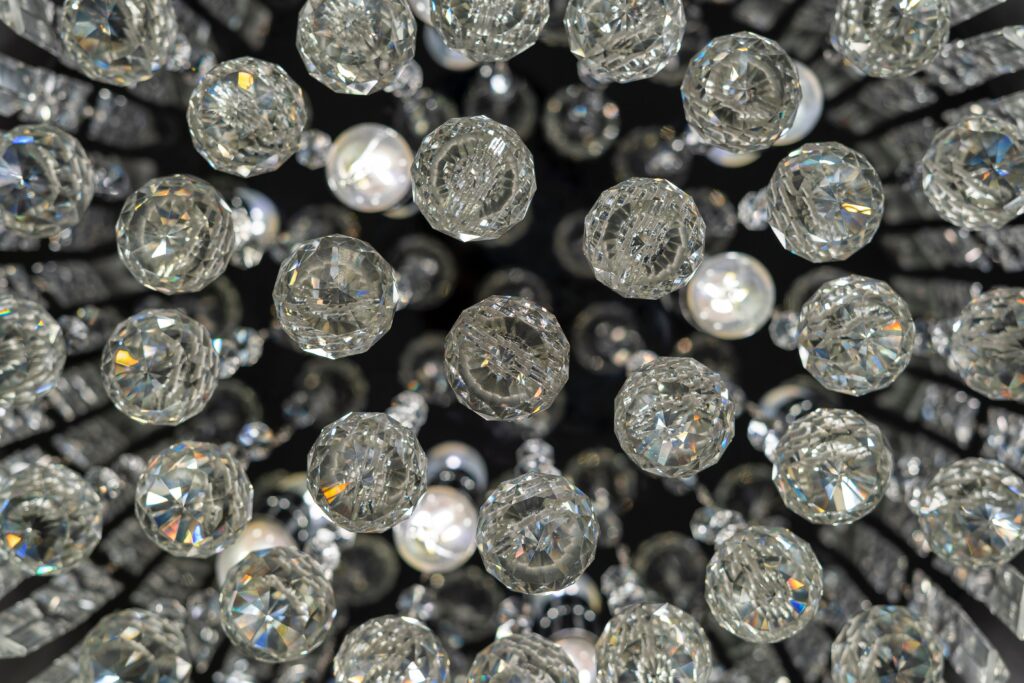
A gin decanter comes in various shapes and sizes, from traditional cut glass designs to modern minimalist styles. It provides an excellent way to store and display your favorite gin while keeping it fresh over time. A good decanter will have an airtight seal that prevents oxygen from entering the bottle and causing oxidation, which can negatively impact the taste and aroma of your gin.
Tequila Decanter
It comes in various shapes, sizes, and materials. Some are made from glass while others are made from crystal, ceramic or clay. Each material adds its own unique character to the tequila. Glass and crystal decanters tend to be more common due to their transparency which allows one to appreciate the color and clarity of the drink.

Additionally, a tequila decanter makes for an excellent gift for anyone who appreciates good liquor. It not only looks great on display but also serves as a functional piece that will last for years.
How To Use A Decanter
A decanter is a useful tool for wine enthusiasts and wine connoisseurs, as it can enhance the flavor and aroma of your favorite vintage. However, using a decanter may seem daunting to those who have never used one before. Here are some simple steps that will help you get the most out of your decanter.
Firstly, choose the right decanter for your wine. A wide-bottomed decanter works best for red wines, while a tall and slender one is ideal for white wines. Secondly, make sure to clean your decanter properly before use by rinsing it with warm water and drying it thoroughly.
When ready to use, open your wine bottle and carefully pour it into the decanter without disturbing any sediment at the bottom of the bottle.
Once in the decanter, let your wine breathe for at least 30 minutes before serving.
How to Decant Wine
Decanting red wine is an essential process that allows you to enhance the flavor and aroma of your wine. There are two purposes of decanting. The first is to separate the sediment from the wine, which can cause bitterness and a gritty texture on your palate. The second purpose of decanting is to aerate the wine, allowing it to open up and release its full potential.
The duration of decanting depends on the age of your wine. Older wines require less time, usually around 30 minutes, while younger and tannic wines may need several hours or even overnight. When decanting an older wine with sediment, take extra care not to disturb it as you pour out the clear liquid. It’s best to leave some behind in the bottle rather than risk pouring it into your glass.
To properly decant red wine, start by standing the bottle upright for at least 24 hours before opening it to allow the sediment ot settle at the bottom of the bottle.
Some wines show a sulfury note after opening. This smell disappears after airing the wine for 20-30 minutes. The sulfur compound evaporate and are slowly oxidised by the contact with air.
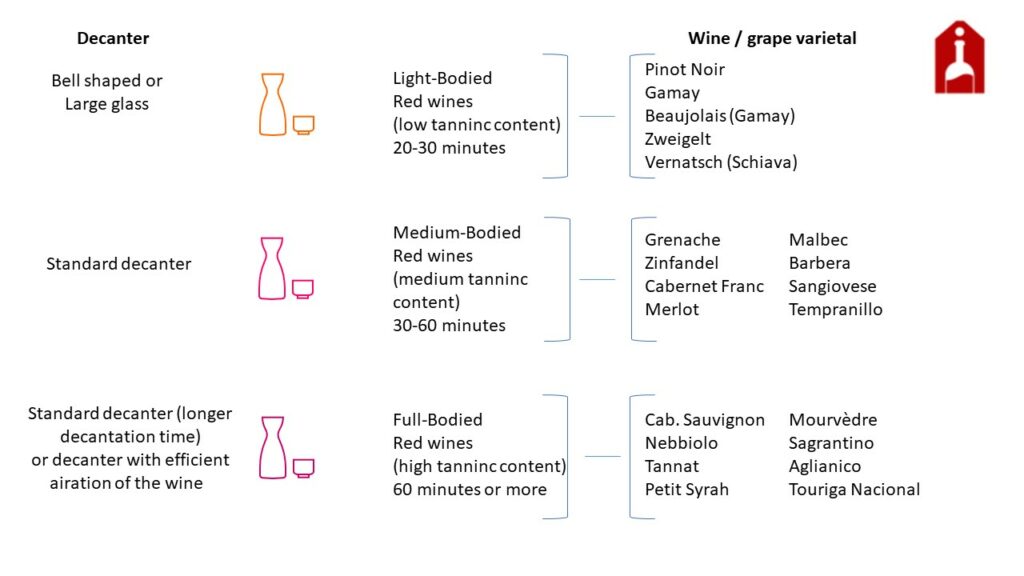
How Long to Decant Wine
Decanting wine is a process of separating the liquid from any sediment that has accumulated in aged wine over time. It can also help release the aromas and flavors of the wine, making it taste smoother and more enjoyable to drink. But how long should you decant your wine? The answer depends on the type of wine you are drinking.
Older wines, such as vintage or aged wines, may benefit from shorter decanting times. This is because they often have more sediment and reduced tannins due to the long storage. A good rule of thumb is to decant an older red wine for 30 to 60 minutes before serving. If you are unsure about how long to decant an older white wine, start with 30 minutes and adjust as needed.
Red wines with a low tannic content as Pinot Noir only require short decanting periods and can be handled like vintage wines.
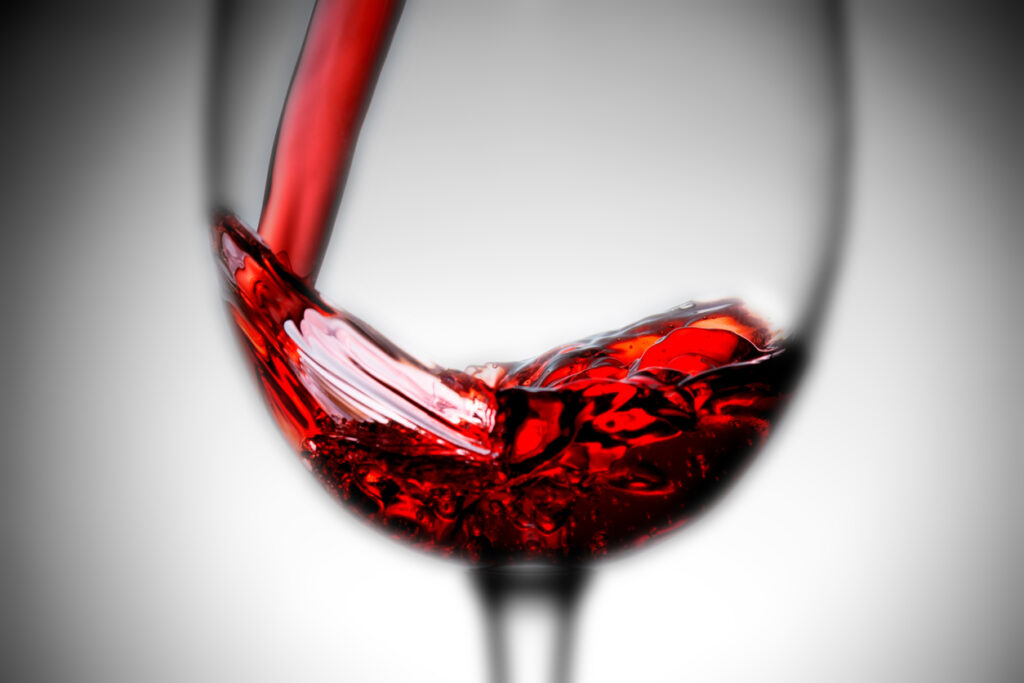
Younger wines or highly tannic wines, on the other hand, typically need a longer time to decant as their tannins are harsher. If unsure try the wine regularly during the decanting period of 1-2 hours
When Not to Decant Wines
Decanting wine is a common practice that many people use to enhance the taste and aroma of their favorite wines. However, not all wines benefit from decanting, especially when it comes to white wines and sparkling wines. In fact, there are some situations in which decanting these types of wine can actually harm their flavor profile.
For starters, white and rosé wines are typically served chilled and have a lighter body than red wines. Decanting them can cause them to lose their delicate flavors and aromas. Instead of pouring them into a decanter, it’s best to serve white wine straight from the bottle at the appropriate temperature. This ensures that the wine maintains its crispness and freshness.

Similarly, sparkling wines like champagne should be handled with care when it comes to decanting as they will go flat. Only very special vintage champagnes are decanted but they`re a very rare exception.
Difference Between A Wine Decanter And A Carafe
A wine decanter and a carafe are two vessels that are often used interchangeably. However, they have distinct differences in their design and function. A wine decanter is typically made of glass and has a wide base with a narrow neck. Its purpose is to enhance the flavor and aroma of the wine by allowing it to breathe before serving.
Material
On the other hand, a carafe can be made from various materials such as glass, crystal, or even plastic. It has a wider opening than a decanter and is mainly used for serving water or juice at the table. The shape of the carafe can vary from round to oval or rectangular.
Decanters and caraffes are normally made from borosilicate glass. More expensive variants are made out of crystal glass. When buying a crystal glass decanter make sure it`s lead free crystal. Nowadays glassware makers mostly use lead free glass for the manufacture of glasses, caraffes and wine decanters.
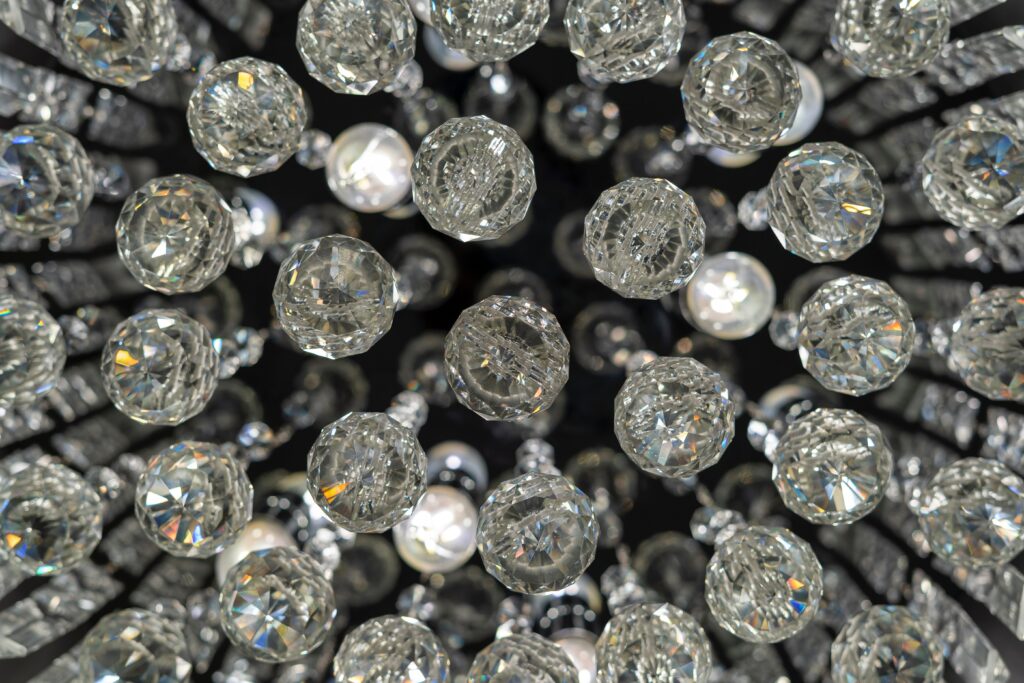
Wine decanters are made from untextured glass to avoid deposits forming. This is not the case for spirit decanters where textured glass decanters add a special sparkle to the appearance of your favorite liquor.
Setting
Another major difference between these two vessels is their use in different settings. A wine decanter is usually reserved for formal occasions such as dinner parties or fine dining restaurants where it adds an element of sophistication to the presentation of the wine.
What Are the Different Styles of Wine Decanters?
Wine decanters are used to aerate and serve wine. They come in different shapes, sizes, and styles to suit various preferences and needs. Decanters can add an element of sophistication to your wine-drinking experience, and they also serve practical purposes. Different styles of wine decanters offer unique benefits that complement the characteristics of certain wines.
The traditional style of a wine decanter is the most common type you will find. It features a wide base that tapers upward into a narrow neck with no handle or spout. This style allows for maximum exposure to air, which facilitates the oxidation process that enhances flavor development in mature red wines. The long neck helps catch any sediment at the bottom of the bottle as it pours out, producing clearer wine in your glass.
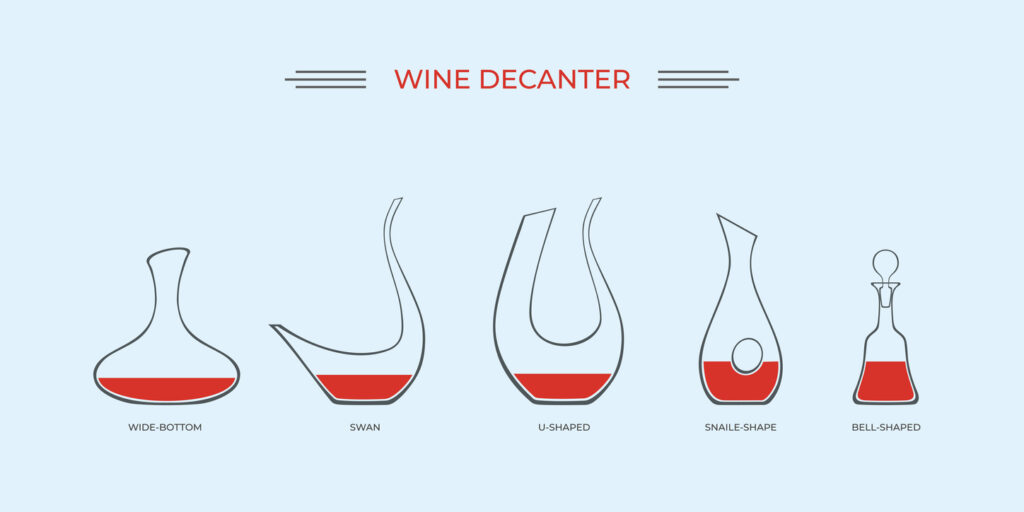
Shape
The shape of a wine decanter is an essential aspect that can enhance the drinking experience by improving the aroma and flavor profile of the wine. Decanters come in various shapes and sizes, each with its unique benefits. The most common ones are the traditional wide-bottomed decanters, which have a broad base that allows ample oxygen exposure to the wine’s surface area. This helps to soften tannins and release aromas that may have been trapped inside.
To choose the right wine decanter is not too complicated if you know the main criteria. These are speed of aeration, preference in shape and preservation of wine. Most wine decanters fullfill these purposes but with focus on different aspects.
4 Different Types of Wine Decanters To Buy In 2023
Standard wine decanter
The traditional style of a wine decanter is the most common type you will find. It features a wide base that tapers upward into a narrow neck with no handle or spout. This style allows for maximum exposure to air, which facilitates the oxidation process that enhances flavor development in mature red wines. The long neck helps catch any sediment at the bottom of the bottle as it pours out, producing clearer wine in your glass.
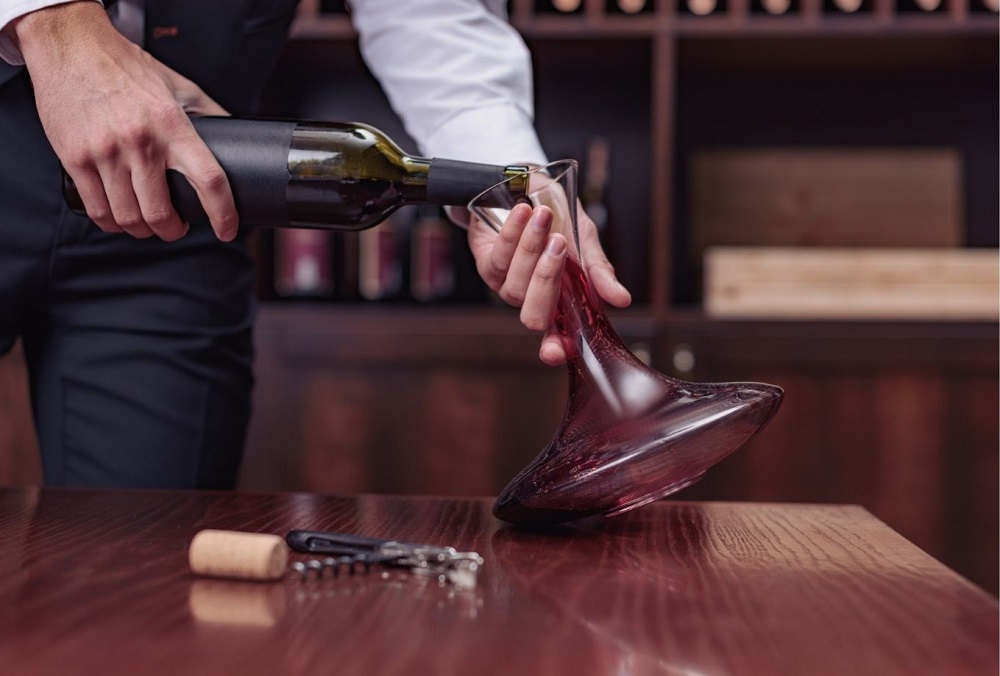
U or swan shaped decanter
A U shaped wine decanter or its modern counterpart the swan shaped decanter habe an advantage over the classic wine decanter shape. The U shaped decanter allows to pour the wine into the decanter on one side and permits pouring wine from the other side.
The surface of the wine decanter is mximised by the U shape. The swan shaped decanter differs from the U shaped decanter by having a larger opening to pour the wine from the bottle into the decanter and a small opening to pour the wine into the wine glass to avoid wine spills.
Snail shaped decanter
This type of wine of unsealed glass wine decanter combines the features of two wine decanters, the standard wine decanter and the U shaped decanter. The bottom part has a round or snail shaped part and an opening to pour the wine into the wine decanter. The advantage of this family of wine decanters is that when the wine is poured into the decanter it flows to the bottom on both sides of the donut shaped lower part. This maximises the contact surface between air and wine. Therefore it reduces the time your wine needs to breathe.
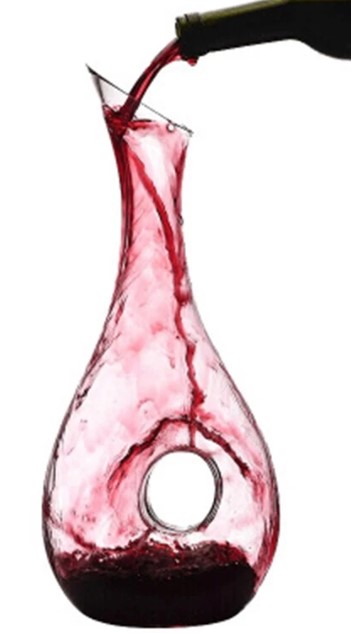
Wine decanter with strainer
This is a standard glass decanter with a strainer and filter on the top of the wine carafe. The strainer allows to accelarate the aeration process when you pour the wine bottle into the wine decanter. When you pour the wine from the decanter into the glass a special filter removes all sediment and improves the wine’s flavor when you pour it into the wine glass.
Other Decanting Tools
Not all wine drinkers like to use a wine decanter for every occasion. Many wine drinkers like to use tools which simiulate the wine aeration process in case you don`t have the time to use a wine decanter when drinking wine.
Ullo Wine purifier and aerator
The Ullo wine aerator has a unique shape that allows it to remove the sulfites as you pour the wine. The wine in your glass will be aerated and free of sulfites. However, what truly makes the Ullo special is that it also operates as a fully-functional aerator. You can combine it with the Ullo wine decanter.
No products found.
Le Creuset Simple Pourer
The Simple Pourer from Le Creuset is a stylish wine pourer which is made out of stainless steel and plastic. You insert it into the original bottle. When you start to serve the wine it is mixed with air. You can stop pouring anytime you want. You don`t have to empty the whole wine bottle. It allows you to keep leftover wine in the original wine bottle. You can preserve the wine with a wine preservation system.
No products found.
Electric wine decanter
A number of electric wine decanters or wine aerators is available. They more or less do a similar job as a wine aerator or a decanter by using an electric pump to transfer the wine out of the bottle and to aerate it.
No products found.
A premium example is the Aveine wine aerator which detects your wine and vintage by using an app and aerates the wine based on preset data by wine pros. It can simulate aeration times of up to 12 and 24 hours depending on the model.
It can be of help for old wines which are delicate to handle especially if you are unsure
No products found.
Decanter Dryer
Drying a decanter can be a daunting task, especially if you want to avoid water spots and streaks. But with the right technique and tools, it’s easy to achieve that crystal-clear shine. One of the best ways to dry a decanter is by using a decanter drying stand.
No products found.
A decanter drying stand is designed to hold your decanter upside down, allowing any remaining water droplets inside to drip out completely. This ensures that no moisture is left behind, preventing water spots or streaks from forming on the glass surface. Additionally, using a drying stand protects your decanter from accidental falls or damages while drying.
To use a decanter drying stand correctly, simply place the base of the stand on a flat surface. Insert the neck of the decanter into the opening provided on top of the stand.
No products found.
How to Clean Your Wine Decanter
A wine decanter is an elegant and essential accessory that enhances the aromas and flavors of your favorite wines. However, like all glassware, it requires proper cleaning to maintain its beauty and functionality. Here are some easy steps on how to clean your wine decanter.
Firstly, rinse the decanter with hot water immediately after use to prevent residual wine from drying out in the glass. If the decanter has stubborn stains or smells, use a mixture of warm water and white vinegar, baking soda or fragrance free soap. Soak for 30 minutes before rinsing with warm water again.
For tougher stains caused by tannins or red wine, add a few drops of dish soap or decanter cleaner into the mixture. Scrub gently with a soft-bristled brush. Rinse thoroughly until no traces of soap remain before air-drying upside down on a towel.
Alternatively you can buy stainless steel pellets to clean the decanter by swirling them around in the flask. A further option is to use cleaning tabletts for tooth implants. Make sure to rinse the decanter walls several times until the mint aroma disappears.

